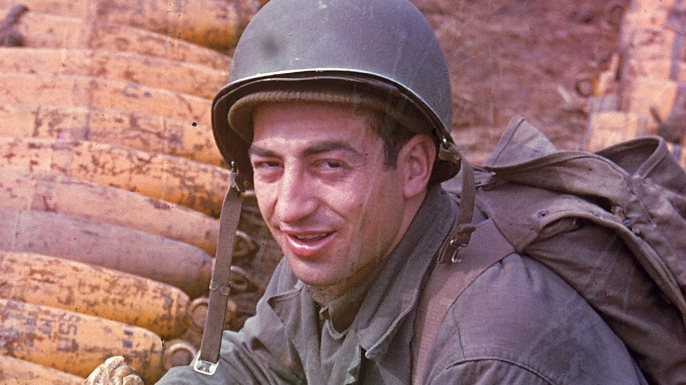Veterans Expeditionary Media and HOPR studios have created a chilling short film to convey the horror of the Battle of the Chosin Reservoir through the eyes of a young Marine during the Korean War.
True story from the Korean War! Baptized by Fire is a short animated film adapted from the graphic novel Hold the Line, and inspired by the true story of Fox Company, 2nd Battalion, 7th Marines. While delivering mail to the grunts of Fox Company, Private First Class Billy French is trapped in a massive surprise attack launched by the Communist Chinese Army. French must prove his mettle when the company’s position is overrun by hordes of enemy troops.
About the Chosin Reservoir Campaign: In the winter of 1950, deep within the frozen mountains of North Korea, 15,000 U.S. Soldiers and Marines were surrounded and trapped by 120,000 Chinese soldiers. Despite the odds, the Marines refused to surrender and fought their way 78 miles to the sea and rescued 98,000 refugees. This tale of sacrifice and courage that contends with the story of the 300 Spartans at Thermopylae as one of the most heroic feats in history.
Produced in partnership with Veterans Expeditionary Media and Hopr Studios.



